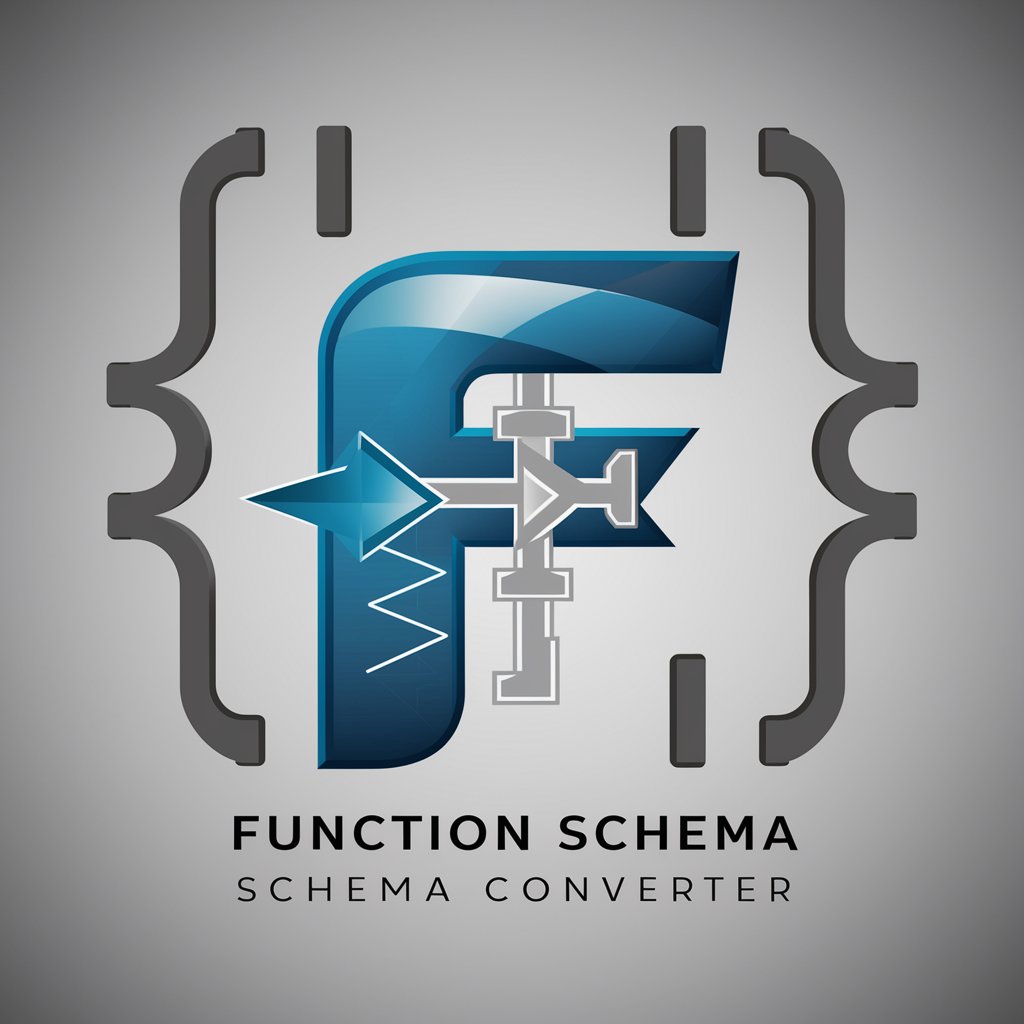VASP Advanced Guide - Advanced VASP Support

Welcome to advanced VASP guidance!
Elevating VASP Simulations with AI
How can I optimize the convergence parameters in my VASP calculations to improve efficiency?
What are the best practices for setting up a non-collinear magnetic calculation in VASP?
Can you explain how to implement hybrid functionals in VASP for accurate band structure calculations?
What strategies can I use to troubleshoot SCF convergence issues in complex systems?
Get Embed Code
VASP Advanced Guide Overview
VASP Advanced Guide is designed as an expert resource for advanced users of the Vienna Ab initio Simulation Package (VASP), focusing on providing in-depth assistance, advanced tips, and troubleshooting advice. It aims to support users in navigating complex aspects of VASP, addressing challenges and queries related to advanced features, optimization strategies, and intricate simulations. The guide leverages technical language and detailed explanations, suitable for experienced users, to elevate their expertise further. Examples of the guide's utility include offering guidance on setting up complex calculations, advice on interpreting results for specific material properties, and optimizing computational efficiency for large-scale simulations. Powered by ChatGPT-4o。

Core Functions of VASP Advanced Guide
In-depth Troubleshooting and Optimization
Example
Advice on tuning the INCAR parameters for enhanced convergence in difficult-to-converge systems.
Scenario
An advanced user struggles with convergence issues in a complex magnetic material system. The guide provides specific INCAR settings adjustments to improve convergence speed and accuracy.
Advanced Simulation Techniques
Example
Guidance on performing hybrid functional calculations for more accurate band gap predictions.
Scenario
A researcher needs to calculate accurate band gaps of novel semiconductors for photovoltaic applications. The guide offers step-by-step instructions on setting up hybrid functional calculations with VASP to achieve this.
Material Property Prediction
Example
Strategies for simulating and interpreting vibrational spectra to predict material properties.
Scenario
A materials scientist aims to understand the vibrational properties of a newly synthesized compound. The guide details how to use VASP to simulate phonon dispersion curves and interpret them for real-world applications.
Target User Groups for VASP Advanced Guide
Research Scientists in Computational Materials Science
These users are engaged in cutting-edge research, requiring accurate simulations of materials properties. They benefit from advanced optimization techniques and detailed analyses of complex materials.
Ph.D. Students and Postdoctoral Researchers
This group is developing their expertise in materials modeling and benefits from detailed guides on advanced VASP features, helping them overcome research hurdles and contribute to scientific knowledge.
Industrial R&D Professionals
Professionals in industries such as semiconductors, energy storage, and pharmaceuticals use VASP for material design and discovery. They require efficient and accurate simulation strategies to drive innovation and product development.

How to Use VASP Advanced Guide
Start Your Journey
Begin by visiting yeschat.ai to explore VASP Advanced Guide with a free trial, no login or ChatGPT Plus subscription required.
Familiarize with Basics
Ensure you have a foundational understanding of VASP and computational materials science to fully leverage the advanced guidance provided.
Identify Your Needs
Clearly define your simulation objectives or the specific challenges you're facing with VASP to streamline the guidance process.
Engage with Content
Utilize the provided in-depth assistance, tips, and troubleshooting advice tailored to your advanced VASP usage scenarios.
Optimize Your Experience
Apply the advanced tips and strategies discussed to optimize your VASP simulations for accuracy and efficiency.
Try other advanced and practical GPTs
Fake News
Clarify truth with AI-powered insight

Oracle Maps | RPG Battle Map Creator GPT
Craft Your World: AI-Powered RPG Map Maker

Etsi Pick List Assistant
Streamline Etsy Orders with AI

ID-Assist
Automating Instructional Design with AI

Heartstrings: The Dating Coach
Empowering your dating journey with AI

Function Schema Converter
Transforming functions into JSON schemas with AI

Script Breakdown Assistant
AI-powered script analysis for efficient pre-production

The Lewis and Clark Expedition
Experience history with AI-powered exploration

Photo Academy Assistant
Elevate Your Photography with AI-powered Insights

Calculator Builder's
AI-powered Project Costing Tool

Crypto Day Trading Course
AI-Powered Crypto Trading Mastery

Gen AI Expert
Empower your business with AI insights

VASP Advanced Guide Q&A
What is VASP Advanced Guide?
VASP Advanced Guide is a specialized resource designed to provide in-depth assistance, advanced tips, and troubleshooting advice for users of the Vienna Ab initio Simulation Package (VASP), focusing on complex simulations and optimization strategies.
Who can benefit from using VASP Advanced Guide?
Advanced users of VASP, including researchers and professionals in the field of computational materials science, who are looking to deepen their understanding and enhance their simulations' efficiency and accuracy.
Can VASP Advanced Guide help with specific simulation challenges?
Yes, it offers targeted advice and solutions for specific challenges, including issues related to convergence, precision, and computational performance, ensuring users can overcome obstacles effectively.
How does VASP Advanced Guide stay updated with the latest VASP features?
It continuously incorporates the latest developments and best practices in VASP simulations, relying on authoritative sources and community insights to provide the most current guidance.
Are there any prerequisites for effectively using VASP Advanced Guide?
Users should have a solid foundational knowledge of VASP and computational materials science to maximize the benefits of the advanced guidance provided.
